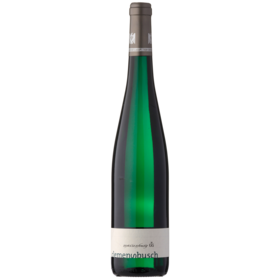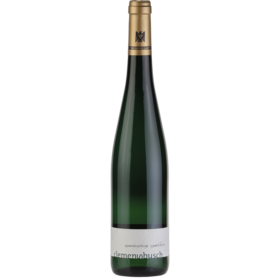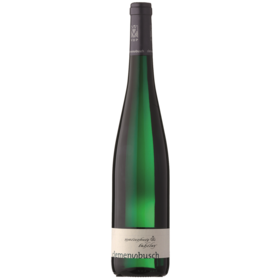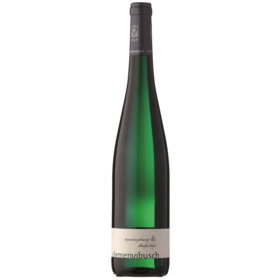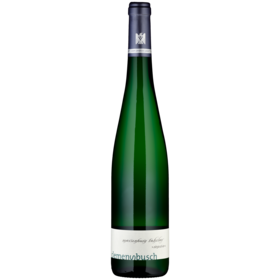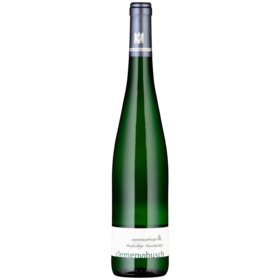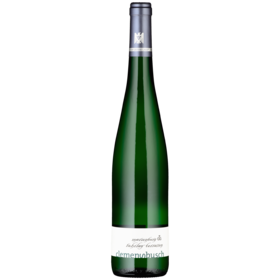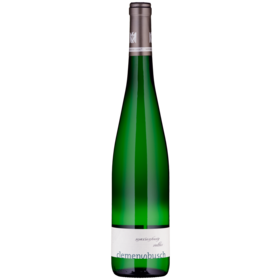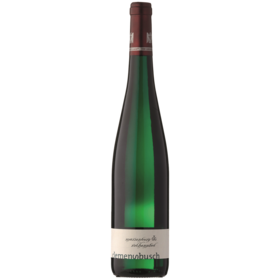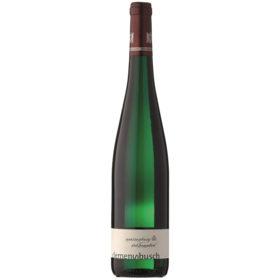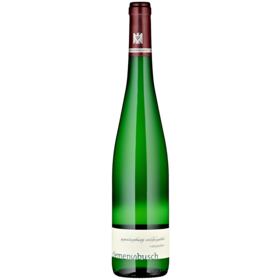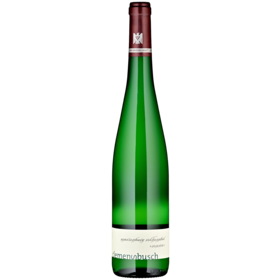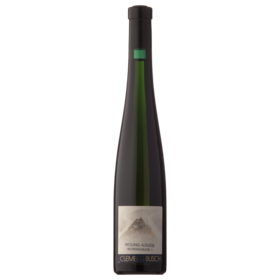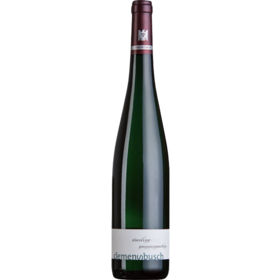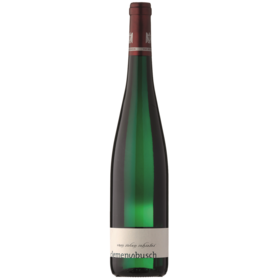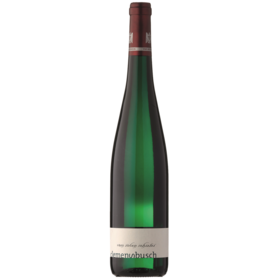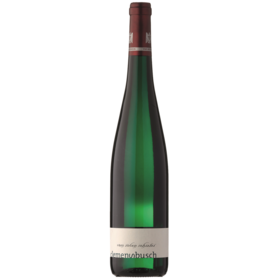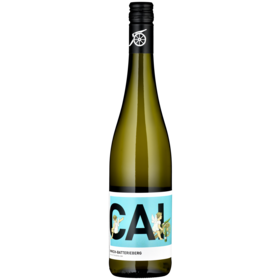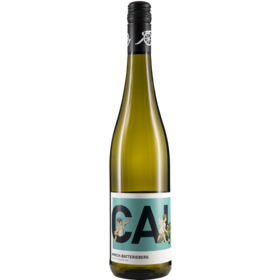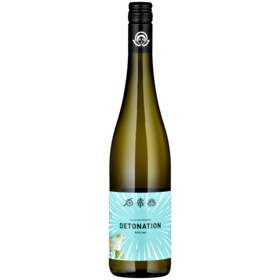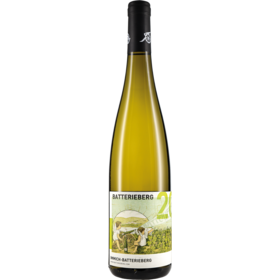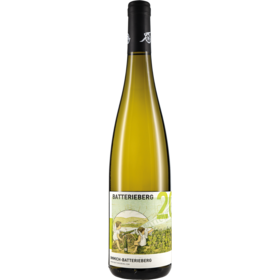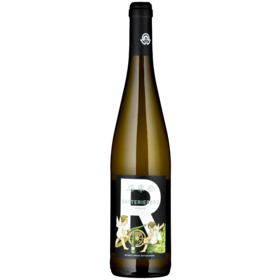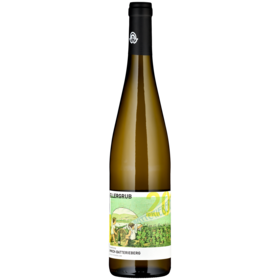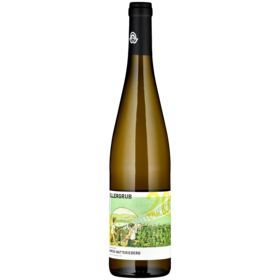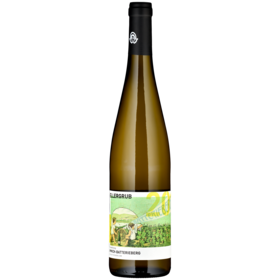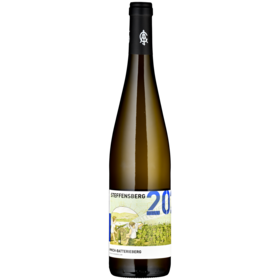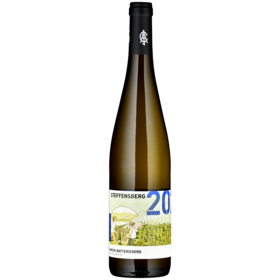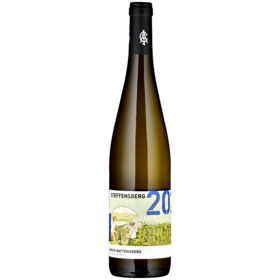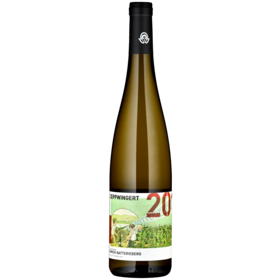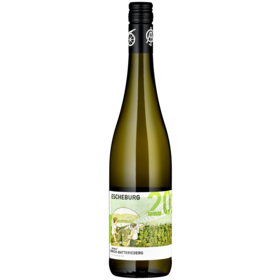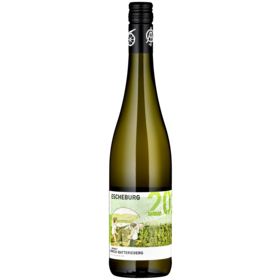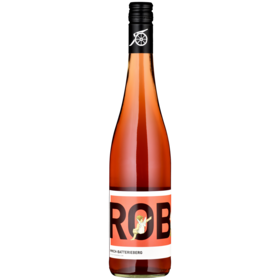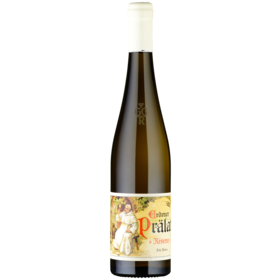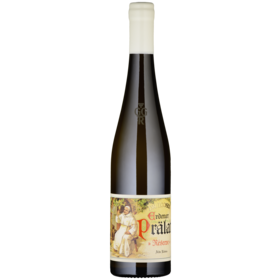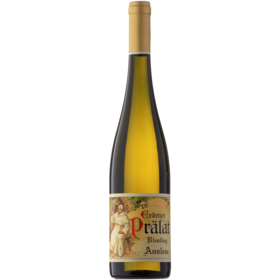Germany
Moselle
The steep banks of the Mosel are home to mineral-driven, elegant wines. Riesling, sometimes referred to as the king (or queen) of white wines, is the most important grape along the German stretch of the Mosel Valley, accounting for over 5,300 hectares under vine. This makes the Mosel wine region the largest producer of Riesling worldwide.
The source of the Mosel (or Moselle) is situated in the Vosges Mountains in eastern France. From there, it flows northwards past Nancy and Metz, then forms a natural border between Luxembourg and Germany. After reaching Trier, it twists hither and thither before depositing into the Rhine at Koblenz. The banks of this famous German stretch of the river are high and precipitous. Most of the work on these precariously steep, sunny vineyard slopes is done by hand, with mechanised viticulture often out of the question. This translates into wines of great character – and has done since time immemorial. Mosel, encompassing the Mosel Valley and its tributaries the Saar and Ruwer, is Germany’s oldest winegrowing region.
Slate, slate and more slate
Slate covers many of these slopes, influencing the scenery and everything that grows at least to the same extent as that of the River Mosel’s meandering course. Around half of the Mosel vineyard area under foot is formed of blue, grey, brown and red Devonian slate dating back 400 million years. Slate is a rock that weathers easily. Once it breaks up into ever-smaller pieces, it begins to enrich the soil. The minerals in slate contribute to the unique character of Mosel wine made from Riesling and other grape varieties.
Mainly (but not only) Riesling
Slate absorbs the warmth of the sun, benefiting Riesling during the cool autumn nights. However, shell limestone and marl are the soils on which Elbling and Spätburgunder (Pinot Noir) thrive further west on the Upper Mosel upriver from Trier. White grapes account for most of the area under vine in the Mosel wine region, with Riesling making up 61% of the region’s vineyard surface. Other important white varieties include Müller-Thurgau, Elbling and Weissburgunder (Pinot Blanc), while Dornfelder is the other main red alongside Spätburgunder.


